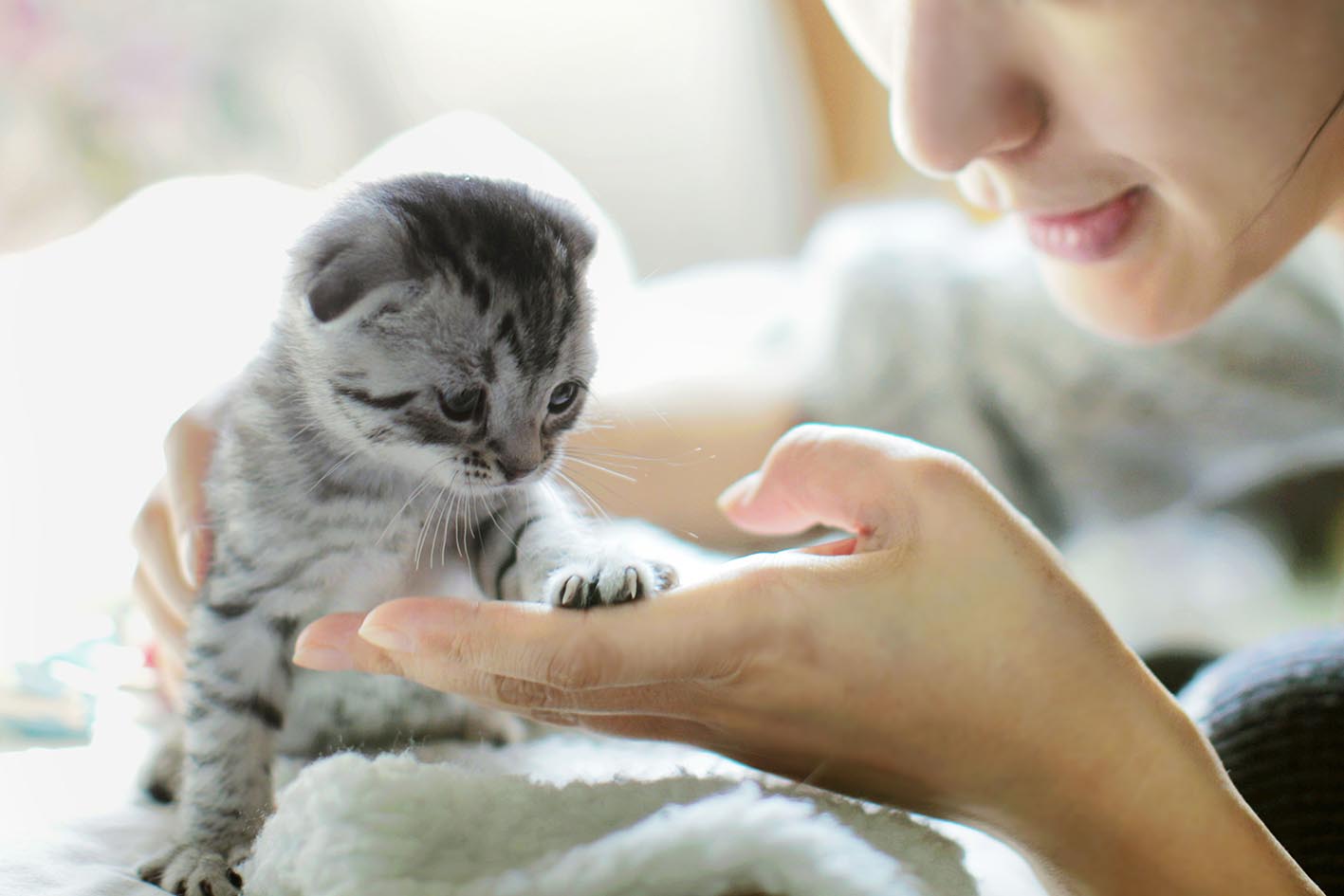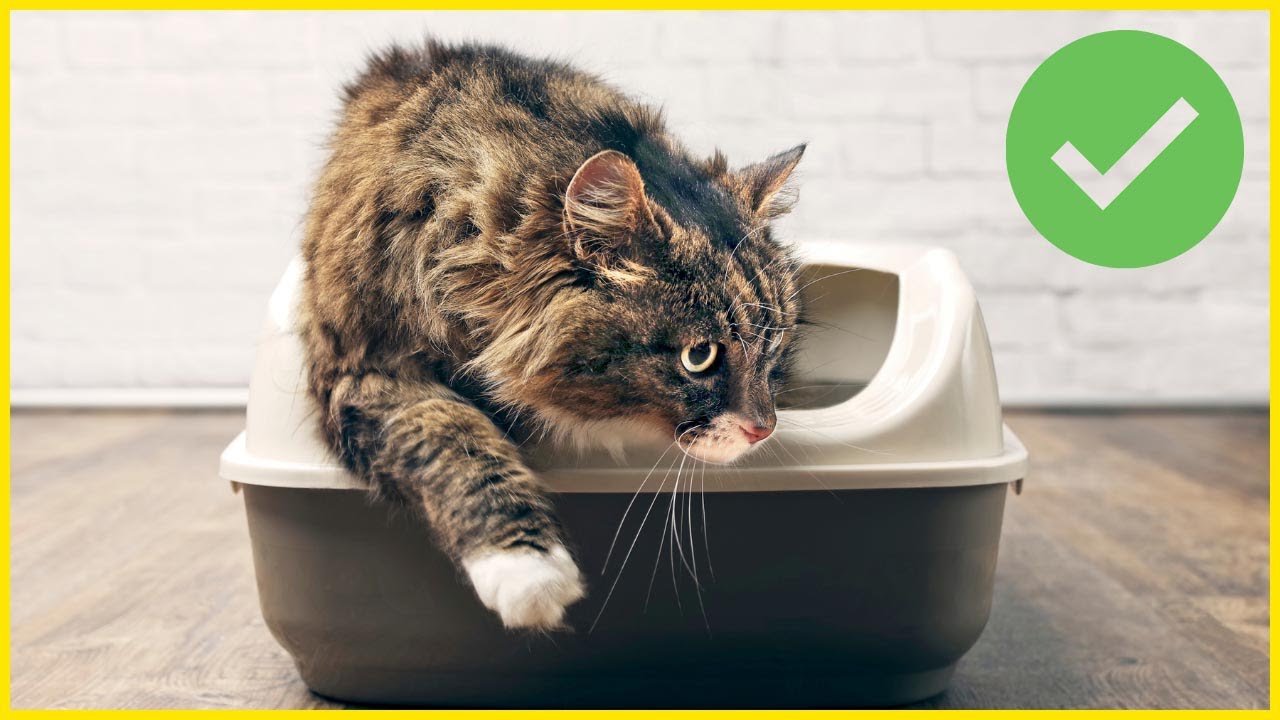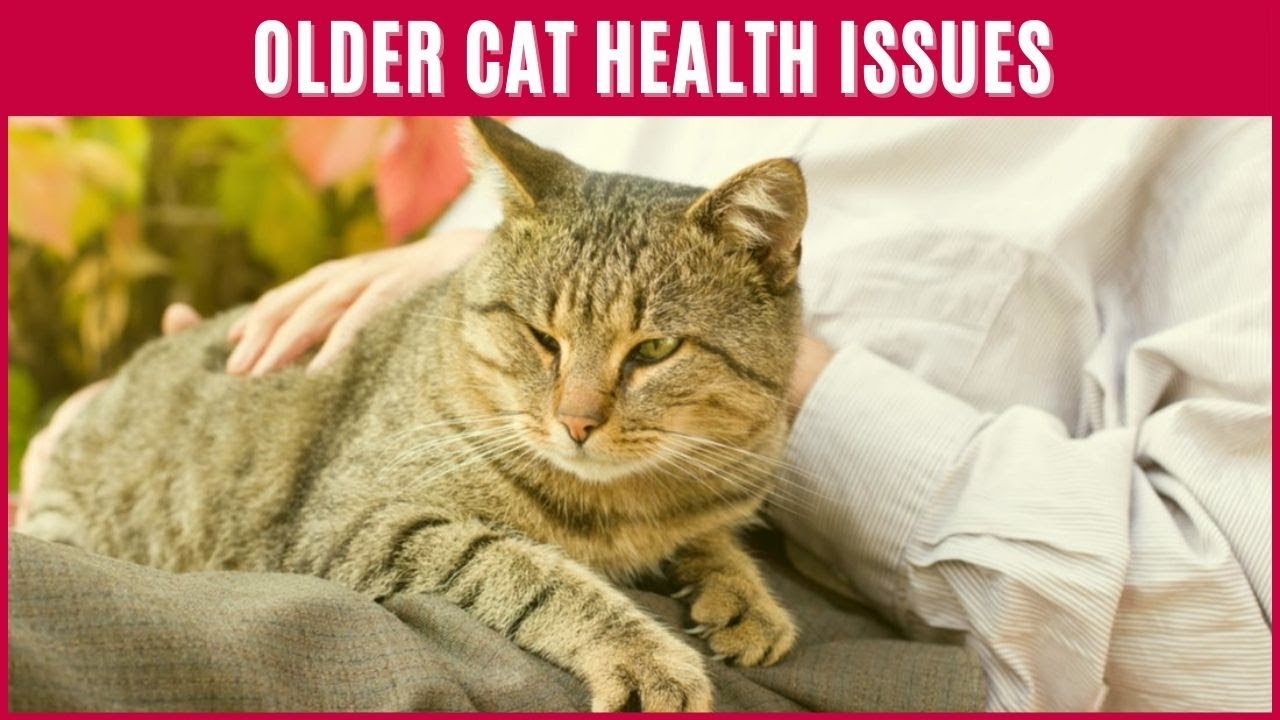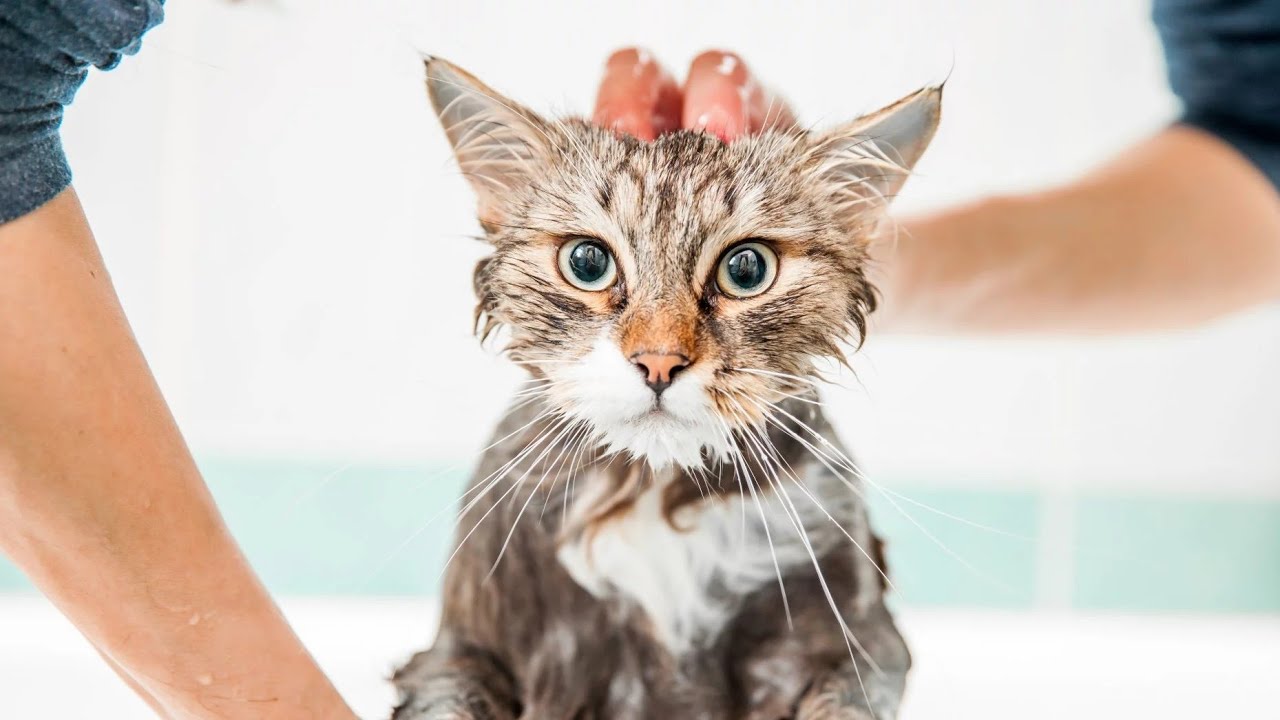Cats have a special way of weaving themselves into our lives—whether they’re napping in a sunbeam, chasing a toy, or demanding attention with a well-timed meow. These enigmatic creatures bring joy, companionship, and a touch of mischief to any home. But being a cat owner comes with responsibilities. From nutrition and grooming to vet visits and mental enrichment, proper cat care ensures your feline friend thrives. In this comprehensive 2000-word guide, we’ll explore every aspect of caring for your cat, with practical tips and insights to make you the best cat parent possible. Let’s jump into the world of whiskers and purrs!
Understanding Your Cat’s Core Needs
Cats may seem independent, but they rely on us to meet their basic needs: food, water, shelter, safety, and affection. Fulfilling these isn’t just about survival—it’s about creating an environment where your cat can flourish. As obligate carnivores, cats need meat-based diets to fuel their bodies. Fresh water is equally critical, as is a clean, secure space where they feel at ease.
Beyond the essentials, cats crave stimulation. A lack of activity can lead to boredom, stress, or destructive behaviors like clawing furniture or knocking over your favorite vase. Providing toys, scratching posts, and interactive play sessions can keep your cat happy and engaged. For more ideas on keeping your cat entertained, check out “Top 10 Cat Toys for Endless Fun” on CatFarm.online.
Feeding Your Cat: The Foundation of Health
Nutrition is the cornerstone of cat care, and choosing the right food can make all the difference. The pet food industry is vast, with options ranging from budget kibble to gourmet wet food. To ensure quality, look for products labeled “complete and balanced” by the Association of American Feed Control Officials (AAFCO). These meet the nutritional requirements for kittens, adults, or seniors.
What to Feed Your Cat:
- High-Protein Options: Prioritize foods listing real meat—like chicken, turkey, or salmon—as the first ingredient. Steer clear of fillers (corn, wheat) or artificial preservatives.
- Wet vs. Dry Food: Wet food boosts hydration, crucial for cats prone to urinary tract issues, while dry food can help maintain dental health. Many owners blend both for a balanced approach. Learn more about choosing the best diet in “Wet vs. Dry Cat Food: Which Is Better?” on CatFarm.online.
- Portion Control: Overfeeding is a common pitfall. Follow package guidelines and adjust based on your cat’s weight, age, and activity level. Consult your vet for personalized advice.
Hydration Hacks: Cats evolved from desert-dwelling ancestors, so they don’t naturally drink much. Encourage water intake with a pet fountain—cats are drawn to moving water—or add a splash of low-sodium broth to their bowl. Dehydration can lead to kidney disease, a leading health issue in felines. For tips on preventing urinary problems, see “How to Keep Your Cat’s Kidneys Healthy”.
Treats and Human Foods: Treats should account for no more than 10% of your cat’s diet—think of them as occasional rewards, not staples. Safe human foods like plain cooked chicken or fish are fine in moderation, but avoid toxic items like chocolate, onions, garlic, and grapes. Unsure what’s safe? Check out “Human Foods Cats Can Eat” for a handy list.
Grooming Your Cat: Beyond a Shiny Coat
Grooming is about more than vanity—it’s a health essential. Regular brushing removes loose fur, prevents mats, and cuts down on hairballs, which can block digestion. Long-haired breeds like Maine Coons or Persians need daily attention, while short-haired cats can thrive with weekly brushing.
Essential Grooming Tools:
- Slicker Brush: Ideal for detangling and shedding control.
- Fine-Tooth Comb: Perfect for long-haired cats or precision grooming.
- Nail Clippers: Trim claws every 2-3 weeks to avoid overgrowth and accidental scratches. Need help? See “How to Trim Your Cat’s Nails Without Drama”.
Bathing Your Cat: Most cats are self-cleaning wizards, but a bath might be necessary if they roll in something messy. Use a cat-specific shampoo—human products can dry out their skin. Keep it stress-free with warm water, a gentle tone, and a treat reward. For bath-time tips, visit “Bathing Your Cat 101”.
Dental Hygiene: Up to 85% of cats over three suffer from dental disease, per the American Veterinary Medical Association (AVMA). Brush their teeth with feline toothpaste a few times a week—human toothpaste is toxic to cats. Dental treats or toys can supplement your efforts. Explore more in “Cat Dental Care Made Easy”.
Veterinary Care: Proactive Health Management
Routine vet visits are the backbone of cat wellness. Kittens need vaccinations starting at 6-8 weeks, covering rabies, feline distemper, and feline leukemia. Adults require annual checkups and boosters, while seniors benefit from bi-annual visits to catch age-related conditions early.
Spaying and Neutering: Unless you’re breeding, spay or neuter your cat. It curbs unwanted litters, reduces roaming, and lowers cancer risks. Recovery is quick—most cats bounce back within days. Learn more at “Why Spay or Neuter Your Cat?”.
Common Health Concerns:
- Urinary Issues: Symptoms like straining or bloody urine signal trouble. Diet and hydration are key preventatives.
- Obesity: Extra pounds increase risks of diabetes and arthritis. Keep your cat active and monitor portions.
- Parasites: Fleas, ticks, and worms are pesky but manageable with vet-approved preventatives.
Pet Insurance: Vet costs can soar—$500 for an emergency or $1,000+ for surgery isn’t uncommon. Pet insurance, starting at $10/month, can ease the burden. Curious about coverage? Read “Is Pet Insurance Worth It?”.
Building a Cat-Friendly Home
Your home is your cat’s playground, so tailor it to their instincts. Cats love vertical spaces—install shelves, cat trees, or window perches for them to climb and observe. A cozy bed or even a cardboard box (a feline favorite) offers a nap spot.
Litter Box Essentials:
- Number and Placement: Follow the rule of one box per cat, plus one extra. Place them in quiet, accessible areas.
- Maintenance: Scoop daily and deep-clean weekly. A dirty box might lead to “accidents” elsewhere.
- Litter Choices: Clumping clay is popular, but some cats prefer unscented or natural litters like pine. For more, see “Choosing the Best Cat Litter”.
Safety Tips: Secure windows, hide toxic plants (e.g., lilies), and stash small objects like strings or rubber bands. Cats’ curiosity can lead to trouble—keep them safe.
Mental Stimulation and Play
A stimulated cat is a happy cat. Play mimics hunting, satisfying their predatory instincts. Wand toys, laser pointers, and puzzle feeders are great options. Rotate toys to maintain interest—cats tire of the same old thing. Find inspiration at “DIY Cat Toys on a Budget”.
Training Your Cat: Believe it or not, cats can learn tricks like “sit” or “come” with treats and praise. It’s a fun way to bond and boost their confidence. Start with “How to Train Your Cat in 5 Steps”.
Socializing Your Cat
Cats aren’t always solitary—they often enjoy company, on their terms. Introduce new pets or people slowly, watching for signs of stress (swishing tail, flattened ears). A second cat can provide companionship if you’re away often, but solo cats do fine with enough interaction.
Caring for Senior Cats
Cats over 10 enter their senior phase. They may sleep more, move slower, or develop conditions like arthritis or kidney disease. Switch to a senior diet, add ramps to high spots, and increase vet visits. For more, read “Senior Cat Care Tips”.
End-of-Life Decisions: When quality of life declines—marked by pain, appetite loss, or disinterest—consult your vet about palliative care or euthanasia. It’s a tough but loving choice.
Budgeting for Cat Ownership
Cat care has costs, but smart planning keeps it manageable:
- Initial Investment: $100-$300 (adoption, supplies, first vet visit).
- Monthly Costs: $50-$100 (food, litter, insurance).
- Emergency Fund: Save $500-$1,000 for surprises.
Buy in bulk, compare prices, and DIY toys to save. See “How to Care for Your Cat on a Budget”.
The Joy of Cat Ownership
Beyond the logistics, cats enrich our lives. Research links pet ownership to lower stress and better mental health. That purring companion is more than cute—they’re a wellness boost!
Conclusion
Taking care of a cat is a rewarding experience that requires time, effort, and love. By providing proper nutrition, regular vet care, and a stimulating environment, you can ensure your feline friend lives a long, healthy, and happy life. Whether you’re a new cat owner or a seasoned pro, this guide has everything you need to become the best cat parent possible.
For more cat care tips and resources, explore our blog at CatFarm.Online.






